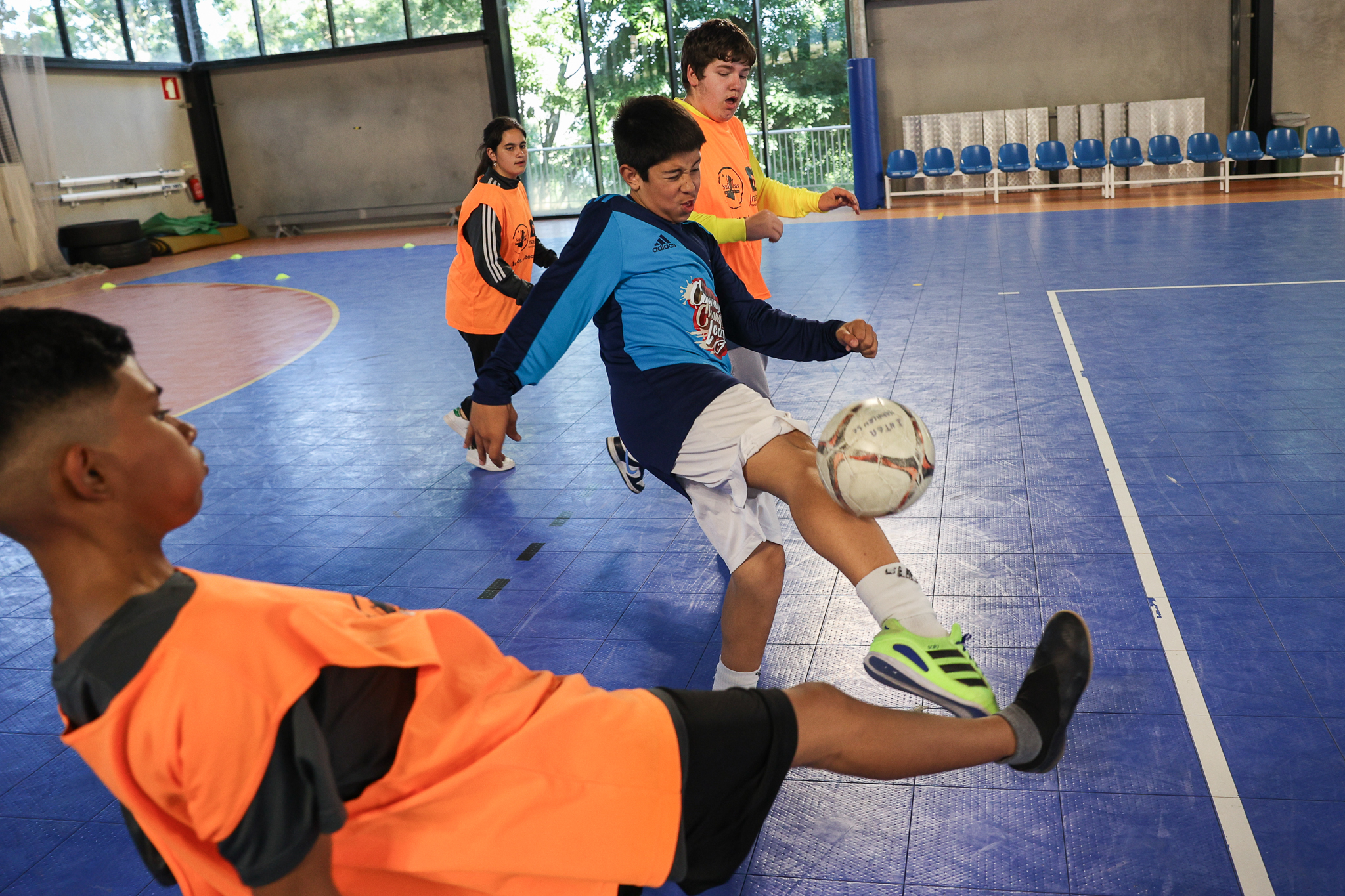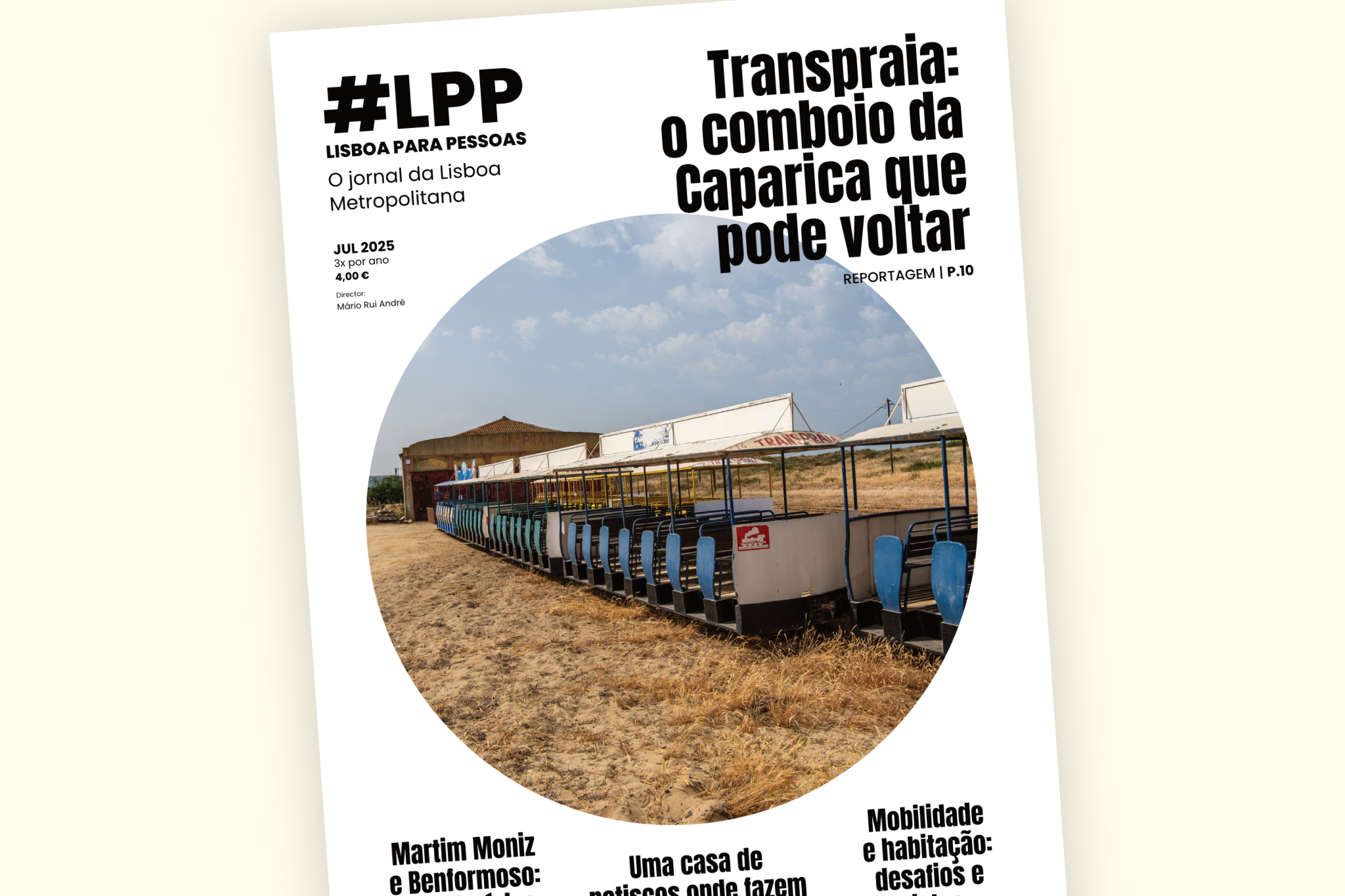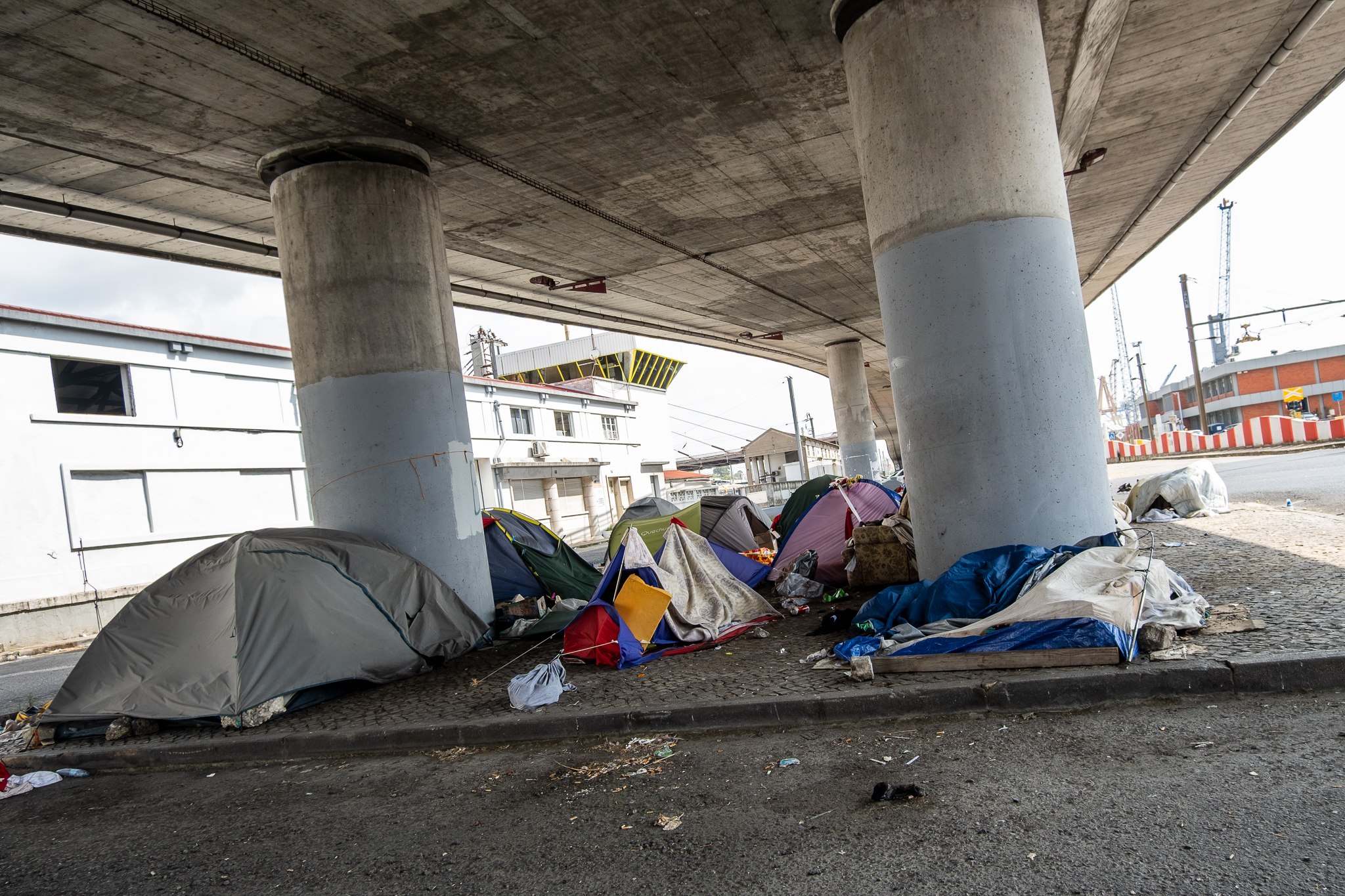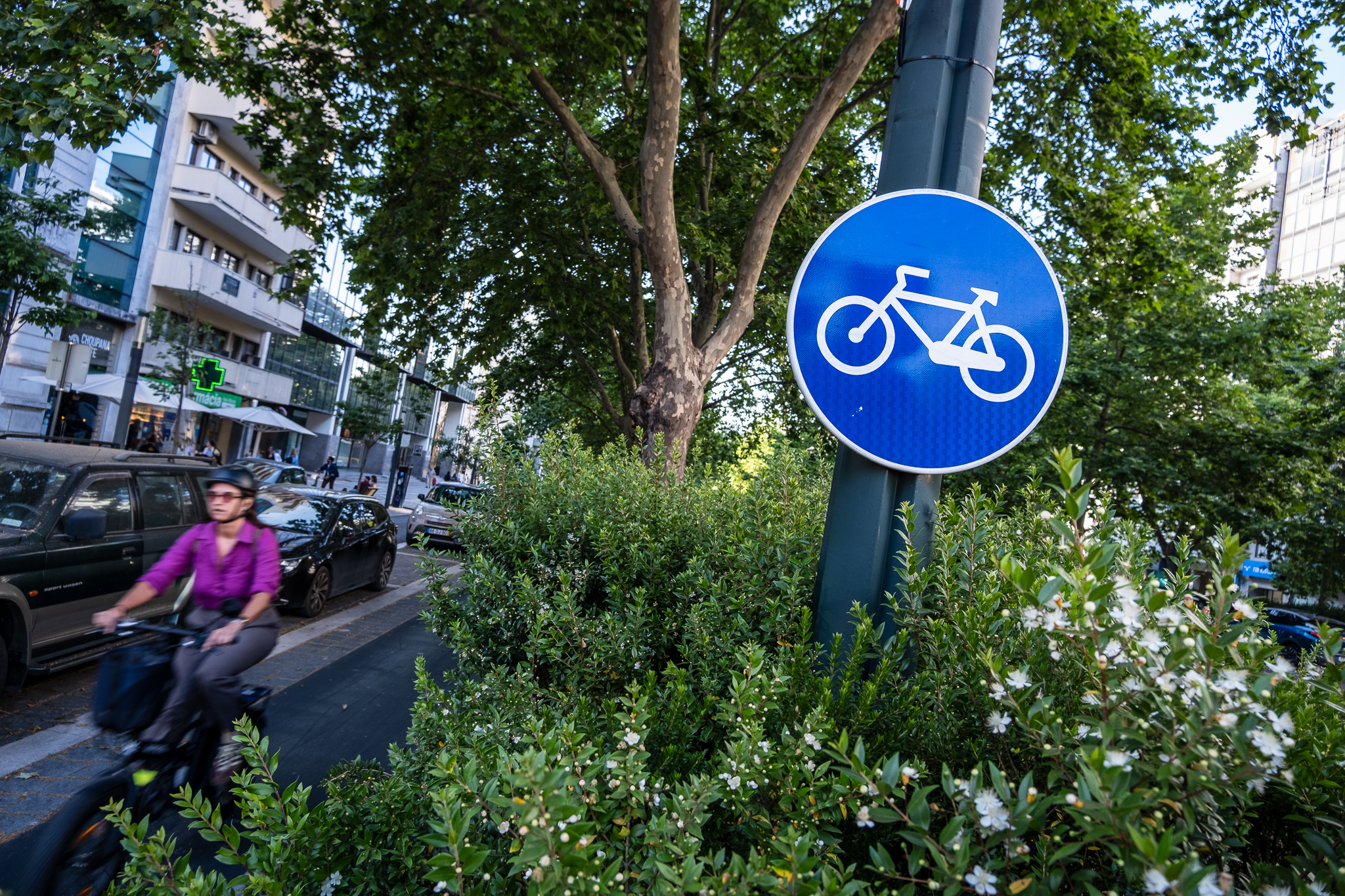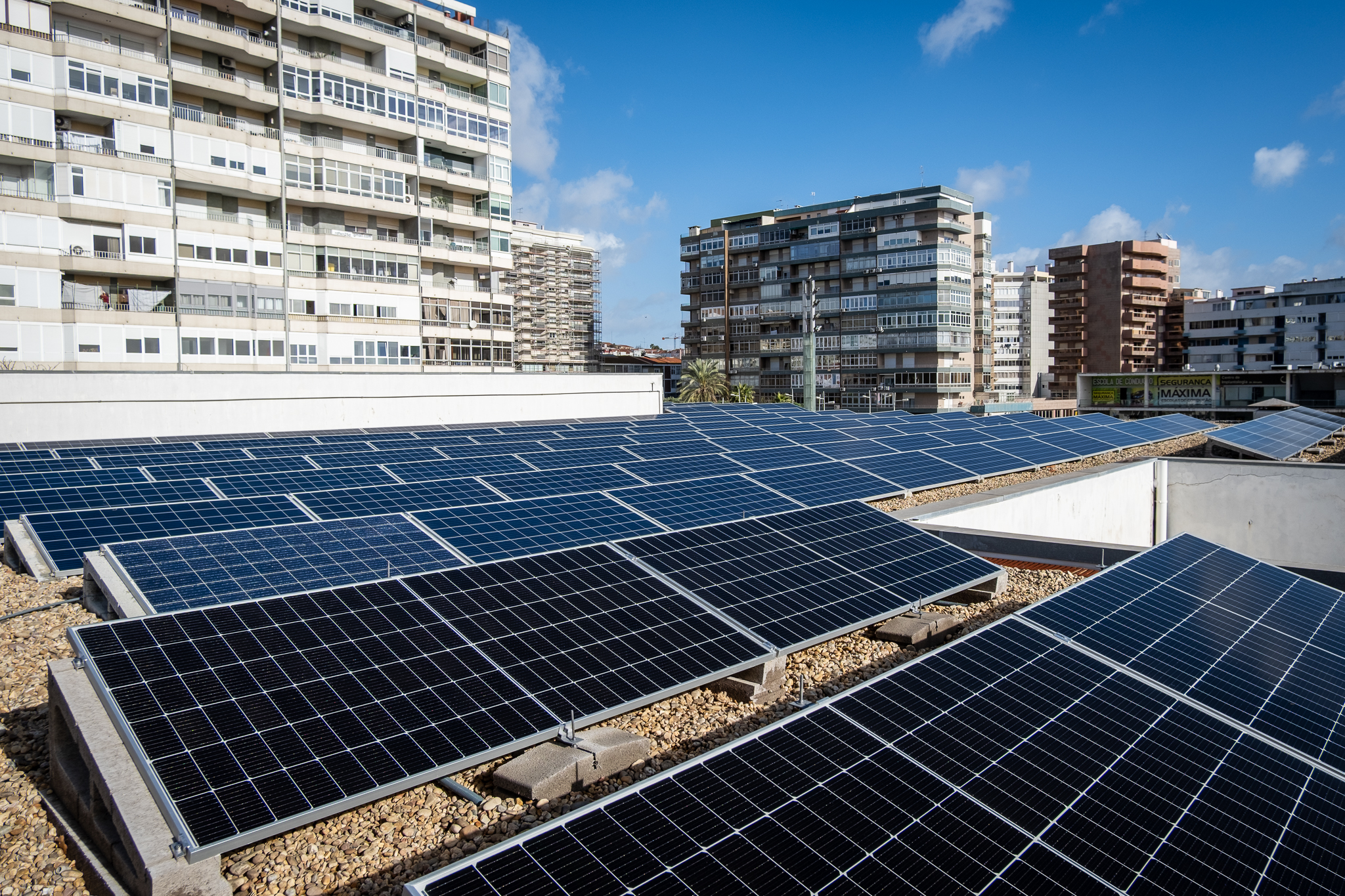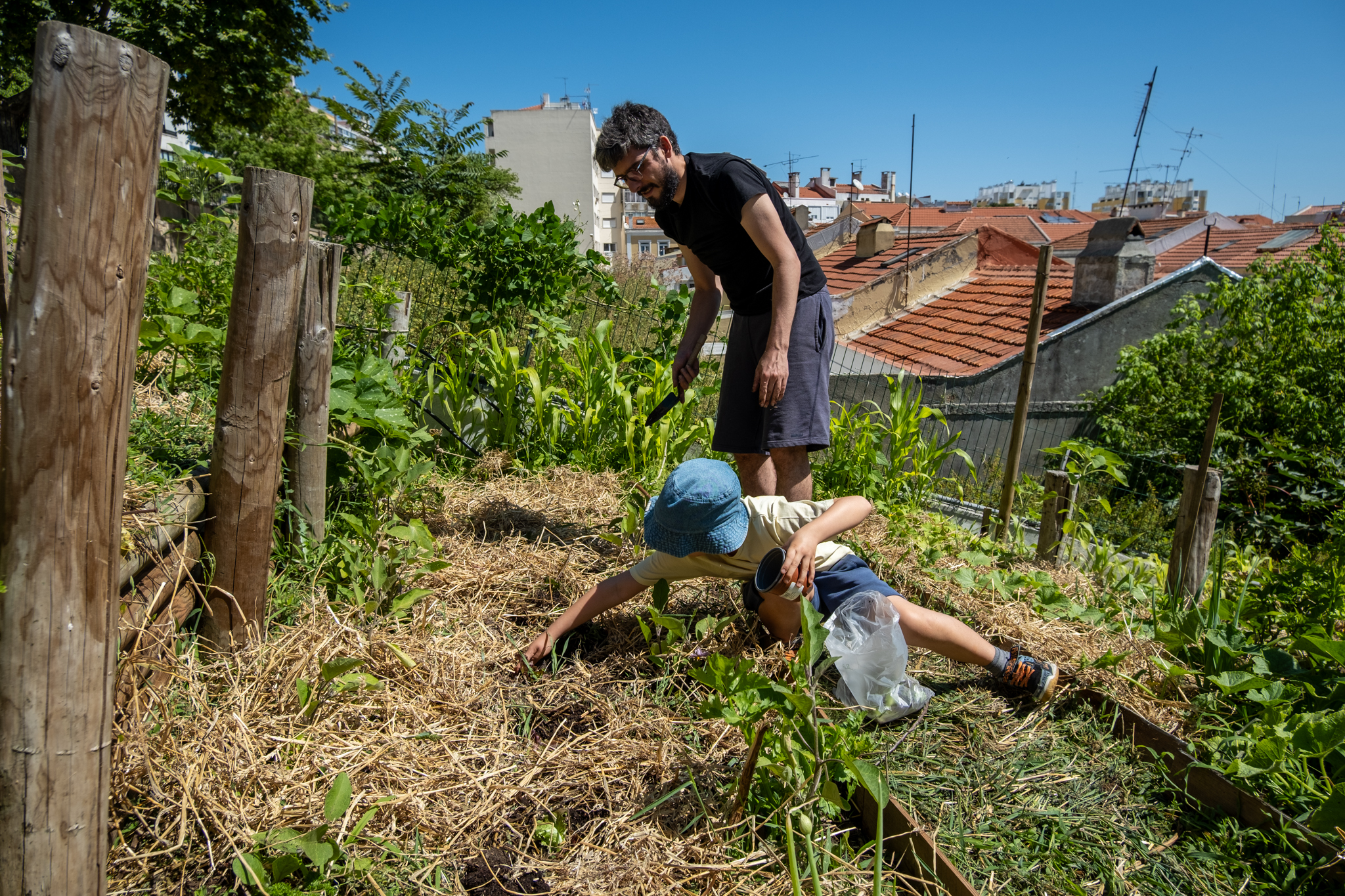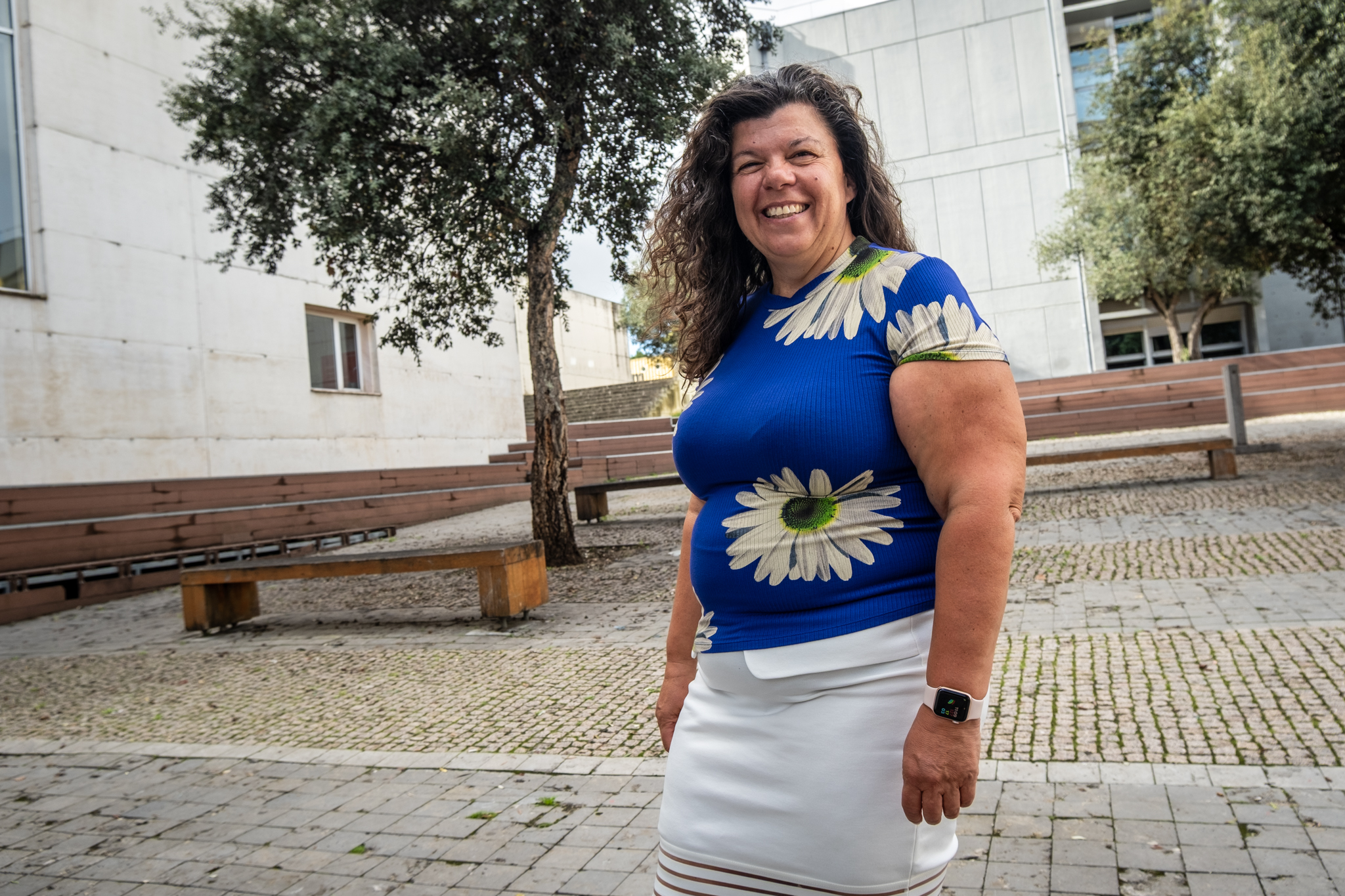Chronicle.
We need to talk about Avenida das Nações Unidas and the pedestrian crossing in front of the shopping center.

There are traffic lights that accompany us for a good part of our lives. The one at the intersection of Avenida das Nações Unidas, in Telheiras, next to the shopping center, has been with me since I was three years old. That avenue is not easy for the pedestrian. And it never has been. But a recent change in traffic lights has made it even worse, at that intersection I mention. EMEL introduced those new smart sensors on the car-facing traffic lights and gave the pedestrian ones the countdown we've been seeing all over the city. This means that people crossing have half the time they used to have to cross: if they used to have a minute, they now have less than 27 seconds.
This intersection has intrigued me since I was a little boy. There, the avenue - which has two to three lanes in each direction, separated by a central corridor - intersects a small street that is only so in name, because in practice it is a two-way street in each direction. When it turns red on the boulevard for cars, first the vehicles waiting on the shopping center side pass, and they can turn either left or right, or go straight on; and then those waiting on the opposite side, who can go in all directions as well. But whereas before pedestrians had green throughout that process (with an orange "blinker" for drivers), now the red falls off when the "second round" of cars on said azinhaga has the desired green. With pedestrians blocked, drivers no longer have to wait for those wanting to cross from the bus or heading to the mall.

In a nutshell: the change favors the automobile on an avenue that is already too rough for pedestrians. I remember my grandfather, when he lived next door to me, being afraid to cross this avenue to go to the supermarket - yes, an old person afraid to walk in his own neighborhood; sometimes he would ask me to go with him and help him manage the car situation. I also remember following the evolution of this intersection. I remember that it was already possible to cross on both sides of the avenue, instead of, as is the case today, the pedestrian being forced in some situations to cross the road three times instead of stepping on it only once. If my memory serves me correctly, there were never pedestrian signals on both sides of the intersection, but the white stripes were there to mark the crossing (I can't say when they were removed, but they were there). by Google Street View history will have been sometime between 2009 and 2014).
Avenida das Nações Unidas is about 1.2 kilometers long, of which about 300 meters have an urban profile. The remaining 900 meters are in expressway style, a section that follows the shopping center and has mostly three lanes - there was only a shortening to two lanes with the introduction, in early 2019, of two one-way cycle paths that, until today, have not been continued. In the part that received the cycling infrastructure, informal crossings of the avenue have become easier - and they can only be informal, because there are only crosswalks at each end of this stretch of more than 300 meters.


Traffic on Avenida das Nações Unidas is complex. There is a lot of traffic, including heavy vehicles coming off the IP7/North-South axis and using that axis to access the industrial areas that still exist on the edge of the city of Lisbon. During rush hours, the azinhaga (which, by the way, is called Azinhaga Torre do Fato) is filled with cars that want to turn onto the avenue, perhaps to access the IP7 and 2ª Circular and by these expressways get where they need to go inside or outside the city. Some of these vehicles will be through traffic - I have no data other than what my eyes have been recording over the years: cars that get, for example, through Rua Poeta Bocage (which should be a calm, neighborhood street, quiet) to shorten the way from Rua Padre Américo. (I think something should be done about this to get the traffic to the traffic circle and the avenue).

Noise on the avenue is constant - day and night. I remember growing up there listening to illegal races made when people wanted silence and sleep. Fortunately, this has ceased to be frequent with the evolution of urbanization in that area, but there are still motorcycles that take advantage of the straight to accelerate and disturb the residential and social environment. A air pollution should also be of concern, not only because many heavy vehicles pass there, but also because of the proximity to the IP7 which will not improve things at all. An arborization of the avenue could help in these aspects. There is a lack of shade, there is a lack of trees, there is a lack of continuous sidewalks that do not end in the middle of nowhere, there is a lack of public transportation [the Metro is far away and there was an opportunity to create a continuous and fast bus corridor that would connect Telheiras to Benfica, through the avenues of the United Nations and City of Prague].
There is a lack of humanity on Avenida das Nações Unidas. Over the years, I have heard promises and more promises. I remember one during the 2017 municipal elections: the PS posted a poster of a project to upgrade that axis that promised its narrowing to two lanes, a continuous bidirectional bike path, a tree corridor in the central separator, and more and better pedestrian crossings. I'm not quite sure if it was all like that, but in good political fashion the information was not published and preserved online. In the 2021 city governance plan, prepared by the previous municipal executive, appeared referenced an "new Avenidas das Nações Unidas, passing through Estrada do Paço do Lumiar to Carnide Cemetery, through Azinhaga dos Lameiros", in a part concerning "strengthen the territorial cohesion of the municipality and the connection to the regional road network". There were no further details on what this would mean, but if I had to hazard a guess I would say an extension of the avenue and a redevelopment of the current one. That would be wonderful. In the plan of the new Moedas executive there is no mention of this avenue, but I don't believe that was intentional but because it is a matter of detail in the city as a whole.


But back to the intersection. It would be nice if pedestrians could get back the minute they had to cross there. If I used to be able to walk out of the small shopping center, see the green and calmly cross the avenue from one side to the other, now I am quickly hit by the red and forced to give priority to car traffic. If they put crosswalks on the other side too, it might help. It would be good if the whole avenue was upgraded, but I know that is a more complex and expensive issue. So let's start with Band-Aids.
Before writing this chronicle, I asked in the Lisboa Para Pessoas Community if anyone else used this crosswalk. One of the people answered me that wants to live another 100 years and therefore avoids crossing there. Another confirmed to me it is short on pedestrians now. One member said he didn't notice because "I don't mentally note the times". Another said that she will have got used to it by now, but that it is only a short time: "I have to go more or less fast on that crosswalk because I cross with a trolley, one of those trolleys that old ladies use to go shopping There [to the supermarket] it's quiet, but on the way back, when [the trolley] is full, I have some difficulty." He added that he finds the waiting time for green "an eternity".

